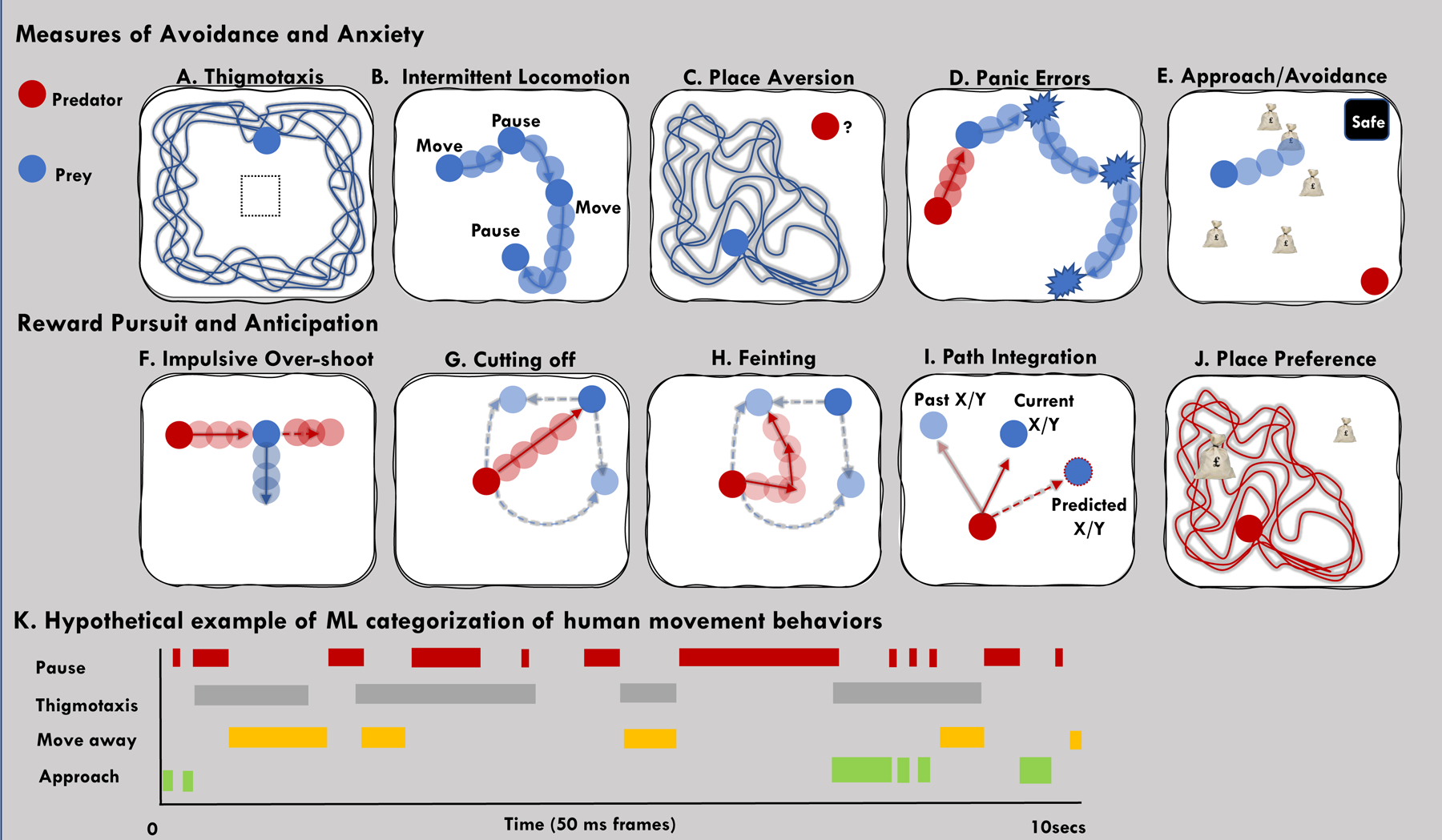Fig. 1. Examples of defensive, avoidance and appetitive behaviors.

(A) Thigmotaxis as a measure of avoidance; (B) intermittent locomotion as a measure of cautiousness; (C) place aversion; Escape measures include the (D) panic related errors that reflect motor errors when being pursued by a virtual predator (Mobbs et al., 2009); (E) Example of approach/avoidance task used by Bach et al., (2014); Impulsive behaviors such as: (F) Overshooting the reward(Mobbs et al., 2009); (G) Cutting off behaviors where the area under the curve can be measured to examine attack success. (H) Feinting is a way of tricking the prey into moving into the direction the predator wishes them to move; (I) example of path integration and prediction of prey’s movement during an appetitive movement task (Yoo et al., 2020); (J) Place preference can be measured by measuring the subjects time in specific positions of the virtual ecology; (I)a hypothetical example of how software tracks behavior over time to produce detailed ethograms.
